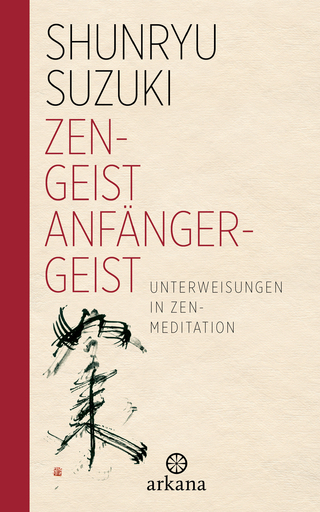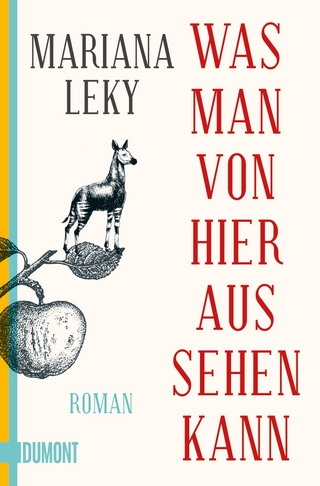
Mongolian Buddhism
The Rise and Fall of the Sangha
Seiten
2008
Silkworm Books (Verlag)
978-974-9511-26-8 (ISBN)
Silkworm Books (Verlag)
978-974-9511-26-8 (ISBN)
Explores the development of Mongolia's state religion, from its formation in the thirteenth century around the time of Chinggis Qaan (Genghis Khan) until its demise in the twentieth century under the Soviet Union.
Mongolian Buddhism is the first book to explore the development of Mongolia's state religion, from its formation in the thirteenth century around the time of Chinggis Qaan (Genghis Khan) until its demise in the twentieth century under the Soviet Union.
Until its downfall, Mongolian Buddhism had served as a scientific, political, and medical resource for the Mongolian people. During the 1930s, Mongolian Buddhist monasticism, the caretaker of these resources, was methodically and systematically demolished. Lamas were forced to apostatize, and were either enslaved or executed. Now, after the fall of the Soviet Union, Mongolian Buddhism has reemerged in a country that has yet to fully confront its bloody past.
Through historical analysis of Tibetan, Chinese, and Russian accounts of history, Michael Jerryson offers a much-needed religio-political perspective on the ebb and flow of Buddhism and the Sangha in Mongolia.
Mongolian Buddhism is the first book to explore the development of Mongolia's state religion, from its formation in the thirteenth century around the time of Chinggis Qaan (Genghis Khan) until its demise in the twentieth century under the Soviet Union.
Until its downfall, Mongolian Buddhism had served as a scientific, political, and medical resource for the Mongolian people. During the 1930s, Mongolian Buddhist monasticism, the caretaker of these resources, was methodically and systematically demolished. Lamas were forced to apostatize, and were either enslaved or executed. Now, after the fall of the Soviet Union, Mongolian Buddhism has reemerged in a country that has yet to fully confront its bloody past.
Through historical analysis of Tibetan, Chinese, and Russian accounts of history, Michael Jerryson offers a much-needed religio-political perspective on the ebb and flow of Buddhism and the Sangha in Mongolia.
1. Introduction
2. Early Mongolian Buddhism (1246-1691)
3. Mongolian Buddhism under the Ch'ing Dynasty (1691-1911)
4. Periods of Autonomy in Early Twentieth Century Mongolia (1911-1921)
5. The Beginnings of the Mongolian People's Revolutionary Party (1921-1929)
6. Voices from the Reign of Terror in Buddhist Mongolia (1929-1940)
7. Socialism to Democracy (1940-2000)
Appendix: Mongolia's Voices-Personal Narratives
Notes
Glossary
Bibliography
Index
| Reihe/Serie | Mongolian Buddhism |
|---|---|
| Zusatzinfo | 4 illus. |
| Verlagsort | Chiang Mai |
| Sprache | englisch |
| Maße | 140 x 203 mm |
| Gewicht | 295 g |
| Themenwelt | Geisteswissenschaften ► Religion / Theologie ► Buddhismus |
| ISBN-10 | 974-9511-26-3 / 9749511263 |
| ISBN-13 | 978-974-9511-26-8 / 9789749511268 |
| Zustand | Neuware |
| Haben Sie eine Frage zum Produkt? |
Mehr entdecken
aus dem Bereich
aus dem Bereich
Philosophische Betrachtungen
Buch | Softcover (2024)
Aufbau TB (Verlag)
12,00 €
Unterweisungen in Zen-Meditation
Buch | Hardcover (2024)
Arkana (Verlag)
20,00 €


